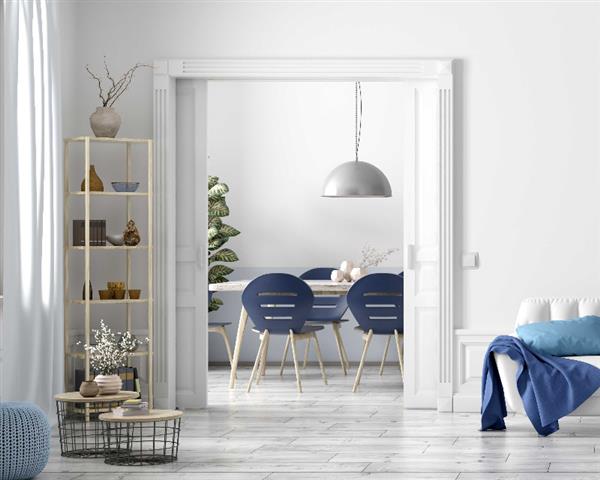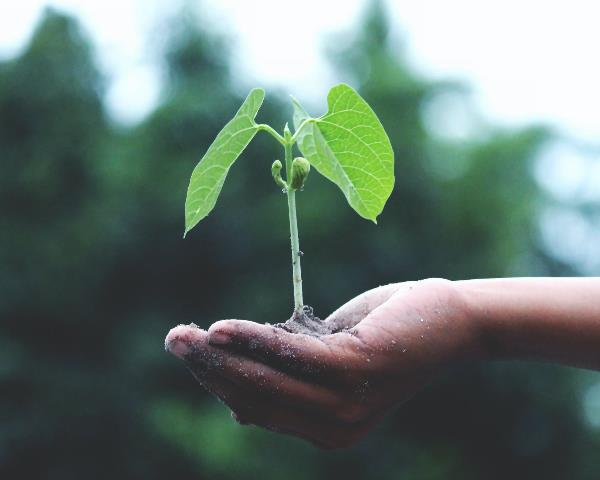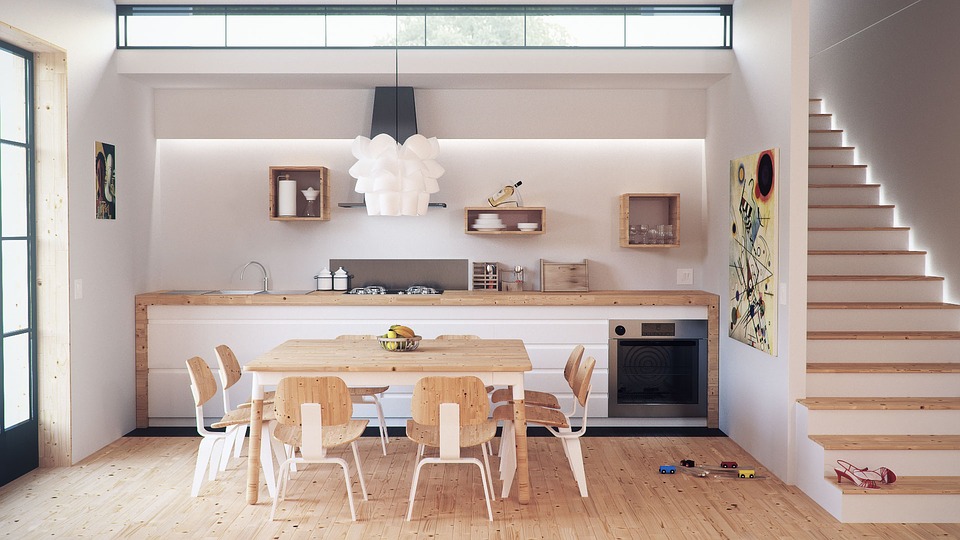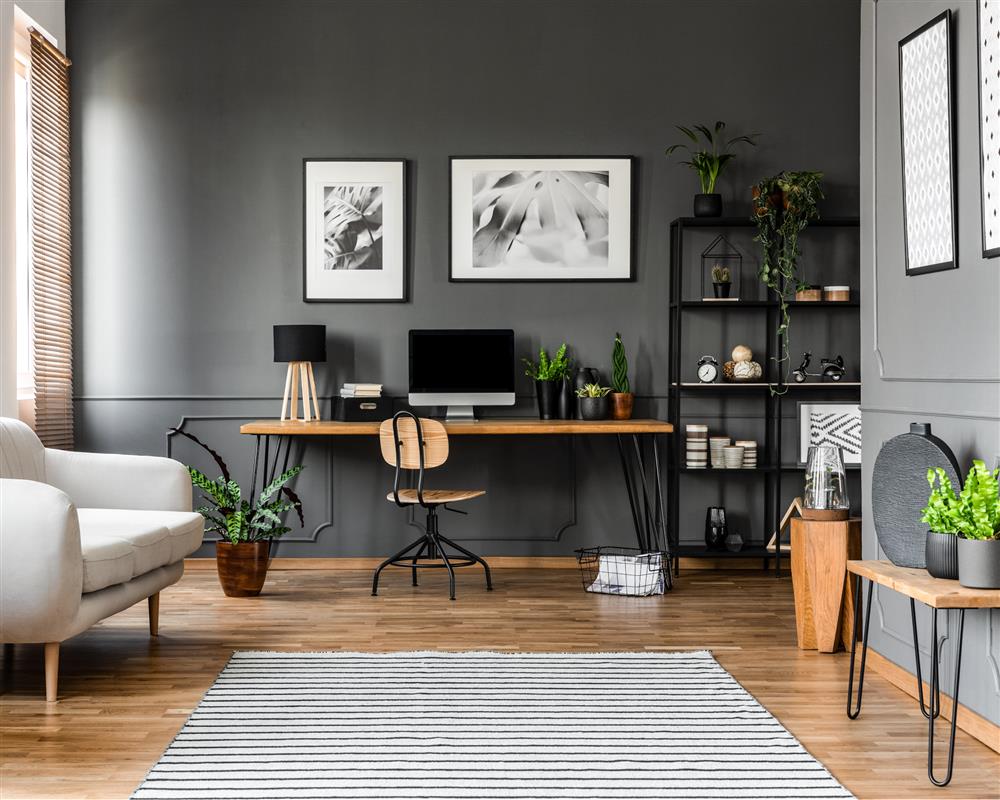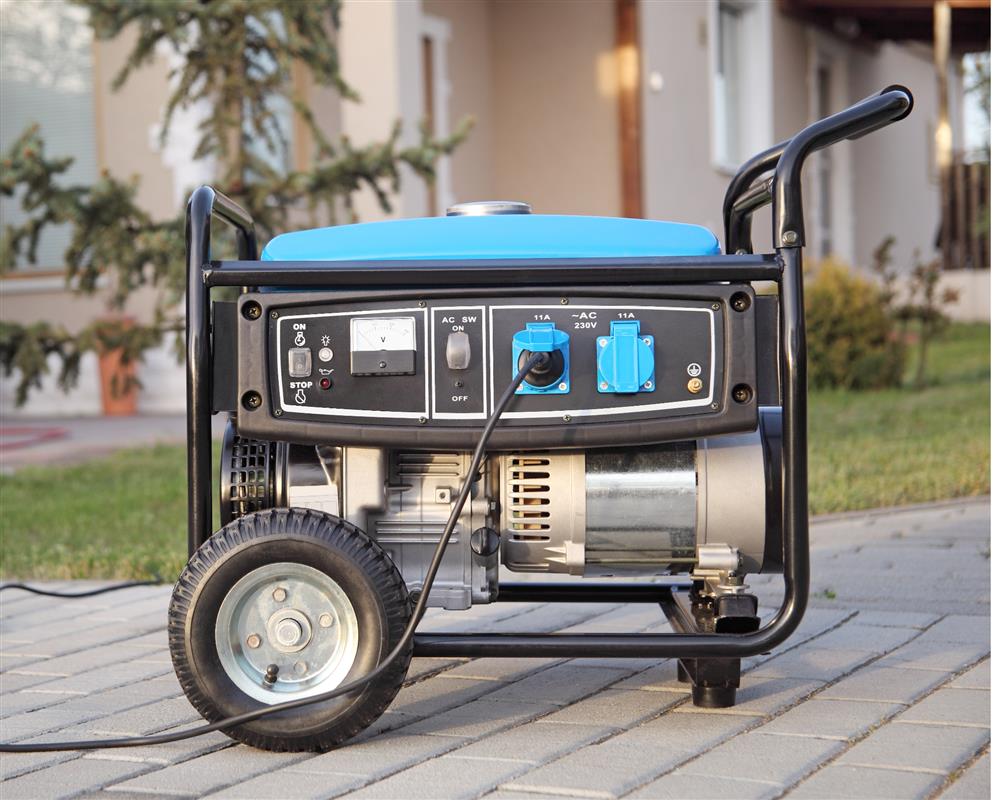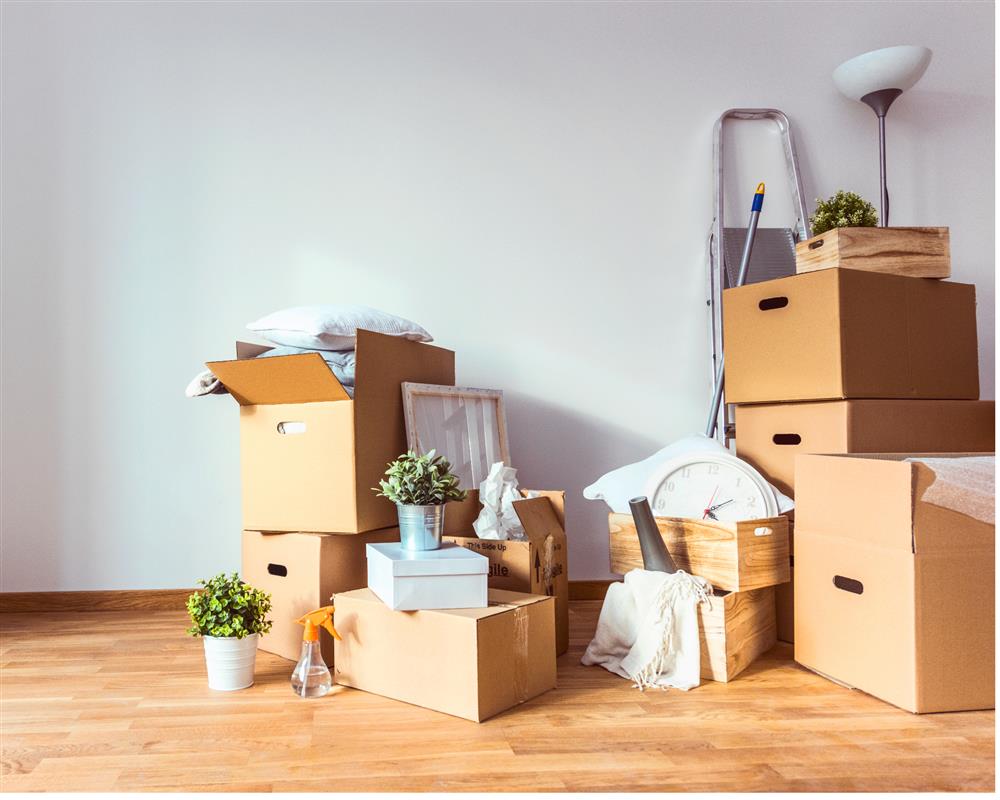
Hello Spring, you beautiful thing!
Our homes are our havens, and our gardens a reprieve from the busy city lives we live. With winter officially behind us and spring and summer
There has never been a better time to prepare your garden soil for spring and summer flowering than right now. We share a simple and instructive guide to readying your soil for Summer planting.
The first step to preparing your garden soil would be to know what you’d like to plant and where. Be mindful of how much sunlight or shade your garden patch will be getting throughout the day. Plants that require full sun need at least 6 hours of direct sunlight to thrive, whilst a few short hours of sunlight will be sufficient for a plant requiring partial sun, especially if it spends a good deal of the day in the shade of larger trees or structures. Rather than spending precious time and resources amending your soil to suit your plants, find out what plant life is well adapted to the soil and sun/shade available. This will mean that minimal modifications to the soil will need to be made before planting. Another thing to keep in mind is the amount of space available for your plants to mature and grow. Make sure that you have set aside adequate room for growth.
The composition and moisture of the soil and how much sunlight it receives are vital to sustainable plant growth. Consider testing the mineral level and pH of your soil with a soil testing kit, available from most nurseries and garden supply stores, to determine the acidity or alkalinity of your soil before preparation of the soil begins. A neutral pH of 7 is ideal for most plant growth. There are various ways to adjust the pH - agricultural lime can be added to your soil if it’s too acidic, and horse manure if it is too alkaline. If you’re still unsure, seek advice from a gardening professional regarding your soil testing kit result.
Using a spade, loosen the top soil of the garden patch you have selected by turning it, subsequently removing any weeds, grass and other overgrowth (which can be added to your compost heap), as well as debris, small stones and rocks. The idea is to have the soil as “clean” as possible, giving the plants ample room free of inhibitors to spread their roots in search of nourishment and moisture.
Assess the type of soil you’ll be working with. There are three types; sand, loam and clay – and a balanced mixture of these three with clay contributing only around 20% of the total soil composition will result in happy, healthy plant life. A simple way to test the soil composition is to roll the soil into a tight ball, if the soil cannot hold its shape you more than likely have a high concentration of sand - which has the largest particles. If the ball holds and isn’t readily broken apart when you press your thumb into it your soil is mostly clay, which has the finest particles. Because of its large particles, sandy soil is more aerated than loam or clay, meaning that water drains more quickly through it and roots penetrate it more easily. Clay, on the other hand, retains water (often resulting in a water-logged flower bed) and is generally more nutrient-rich - requiring that sand, loam or compost be added to it to assist in draining excess water. The happy medium is loam with a mixture of large and small particles combining the benefits of both sand and clay to provide a balanced soil that retains moisture and nutrients as well as having adequate aeration. A balance of all three types of soil is essential for your plants’ vitality and health, and can be achieved by adding nutrient-rich compost, fertiliser, or a combination of sand and compost if your soil is high in clay.
Make your amendments to the soil by adding the necessary organic matter and turn the soil again with a spade to mix in the new minerals. The roots of your plants will reach deep into the soil in search of nutrition and moisture so be sure to dig and clear the soil deep enough to support this. Fertiliser or fertiliser pellets, bonemeal or other organic matter (offering essential nutrients) can be added and turned into the soil to suit the needs of your plants. The more nutrient-dense the soil, the healthier, stronger and more resistant to disease your plants will be.
The top soil can then be evenly raked to smooth out any high or low areas and left to settle for at least two weeks before planting begins, so ensure that you set aside enough time to prepare it before Spring arrives.
















































![What is POPIA? [Part 1]](https://s3.entegral.net/news/Thumbnail_2021_10_18_11_53_39_403.jpeg)






